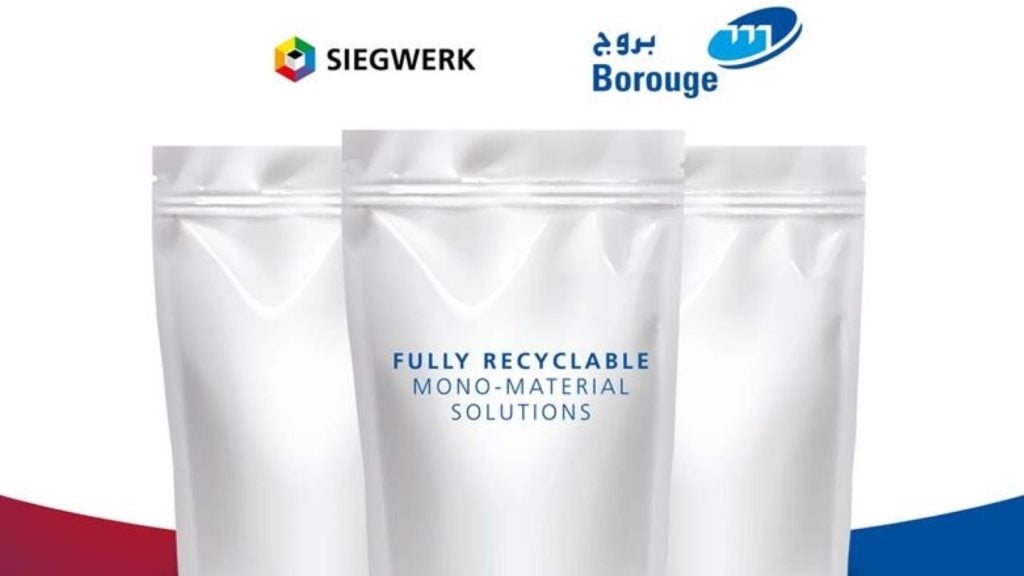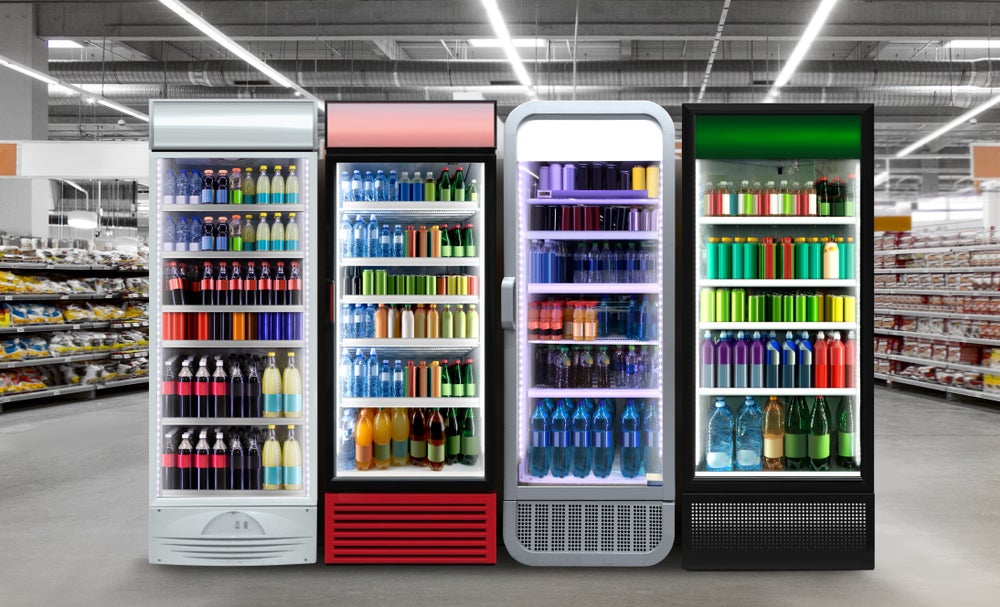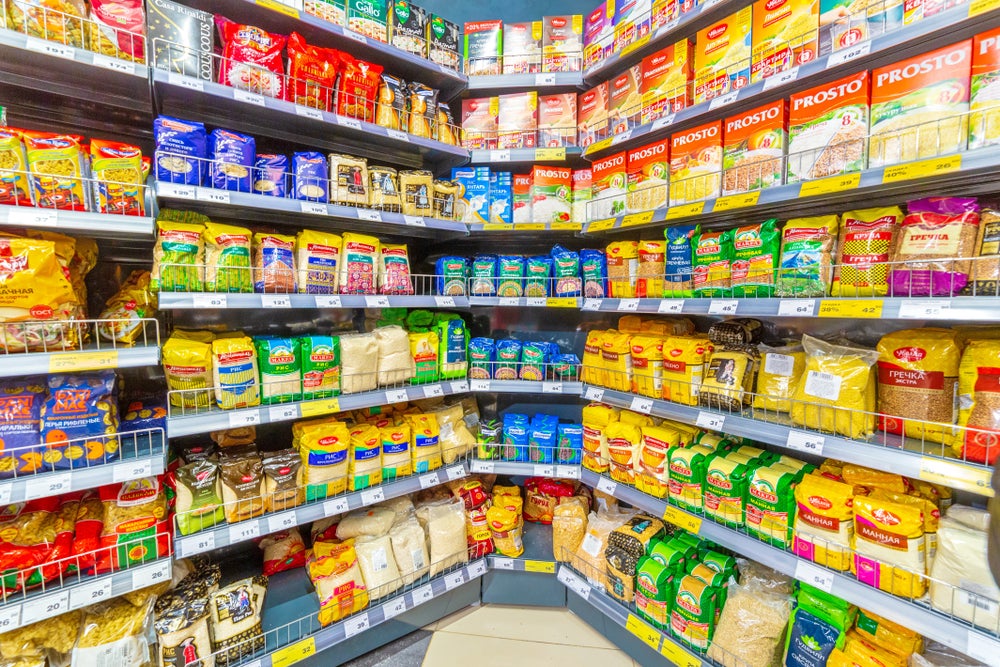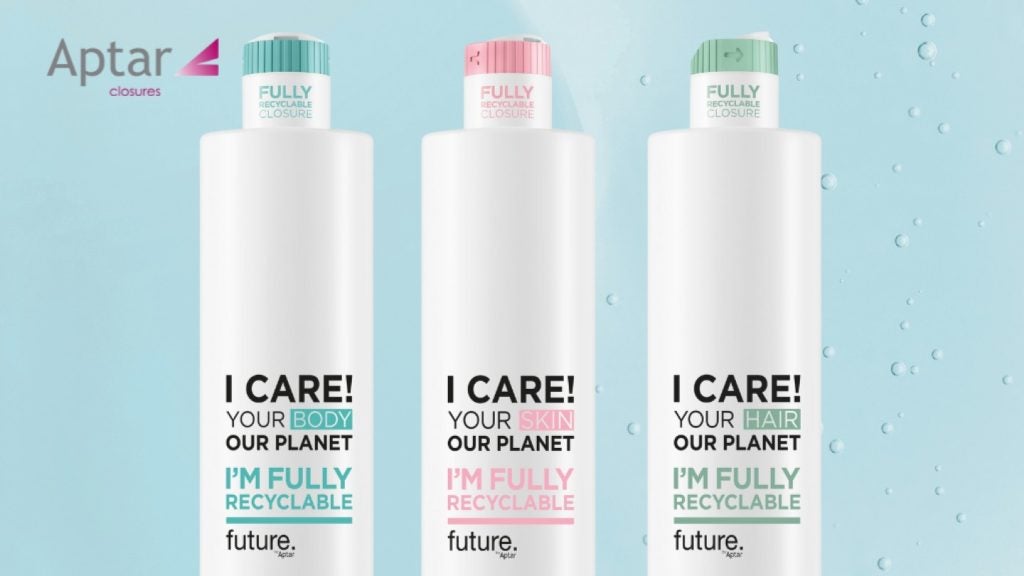It is in making an impact on consumers in a split second from a crowded shelf that successful packaging stands out in the Fast Moving Consumer Goods (FMCG) market. With more products vying for attention in a competitive market, maintaining a strong link between brand and packaging is important to secure market share, but at the same time companies must constantly update their packaging in line with consumer trends, regulatory compliance issues and evolving technology.
Getting this balance right is crucial for firms in many markets, not least the food and beverage sector.
‘For Nestlé, packaging has a key role to play in brand recognition,’ says Philippe Roulet, Head of Packaging for Nestlé. ‘Packaging is the first contact consumers have with our brands. Just remember that 70% of purchase decisions are taken at the Point Of Purchase (POP). Only a few seconds are needed for the purchase decision.’
Under Roulet’s control are many well-known brands, many of which have established a strong identity through their distinctive packaging. The familiar circular Smarties tube with is popping lid is but one example. However, it is also an example of how established designs such as this are not immune to improvement by redesign. Nestlé recently relaunched Smarties in a new hexatube pack with a flip-top lid in a bid to broaden its market appeal with a more modern look and a design that is more convenient to use.
Marketing strategy, however, is not the only major force in shaping the design of food and beverage packaging.
GREEN PRESSURE ON PACKAGING DESIGN
How well do you really know your competitors?
Access the most comprehensive Company Profiles on the market, powered by GlobalData. Save hours of research. Gain competitive edge.

Thank you!
Your download email will arrive shortly
Not ready to buy yet? Download a free sample
We are confident about the unique quality of our Company Profiles. However, we want you to make the most beneficial decision for your business, so we offer a free sample that you can download by submitting the below form
By GlobalDataSuccessful packaging needs to be many things in order to satisfy customers’ needs. Though preferences change over time, functional elements such as ease of opening and resealing, remain crucial. Thus packaging changes in order to accommodate new opening mechanisms and folding techniques, for example.
A pack also needs to be supply-chain friendly, retail ready, while also adhering to regulatory requirements in regard to safety, product information and, increasingly, disposability. Environmental issues, mainly the use of biodegradable and sustainable materials, have a growing impact on package design and materials sourcing. While reflecting all of these considerations and maintaining brand identity, packaging also needs to remain cost-effective to produce.
Nestlé packaging strategy is informed by all of these influences, and the firm has taken some bold decisions in order to balance the elements of brand security, cost and consumer preference.
On the environmental front, Nestlé is among those food and beverage companies that have taken the use of biodegradable materials forward. It recently announced, for instance, that it is introducing biodegradable trays into its packaging for Dairy Box and Black Magic chocolate assortments.
The tray, which is made of a substance derived from Maize, is designed to decompose within three months on a compost heap, though it will dissolve more rapidly in direct contact with water. The firm claims that producing these trays consumes around half the energy required for their plastic predecessors.
The move is part of a growing trend in the UK towards minimising the amount of packaging in the market, with the Department for Environment, Food and Rural Affairs pushing the issue forward. Most major FMCG companies are making strides towards cutting waste, partly in light of moves at European Union level to harmonise regulation between member states on packaging waste and recycling, but Nestlé has been keen to take a lead on this issue.
‘As examples, we can mention the replacement of our current PVC tray in Black Magic and Dairy Box with a material from renewable resources in UK,’ says Roulet. ‘With this launch of new packaging, Nestlé is pioneering a new technology in Europe and this underlines our commitment to environmental good practices.’
MORE THAN COST CONSIDERATIONS
Typically, when business is faced with changing its products to conform to environmental regulation, it immediately anticipates a cost burden that will impact on revenues. The cost of compliance can be significant, and certainly will be if the changes are made at the last minute. However, Roulet believes that balancing the issues of cost and environmental performance is relatively straightforward.
In part, this is because there are financial incentives for using materials and processes that are considered to be environmentally friendly. However, he also believes that if supply chain considerations are considered alongside materials and environmental performance, efficiency gains can also improve the cost schedule for ‘green’ packaging.
‘We not only have to consider the packaging material cost itself, but the total cost along the supply chain,’ he notes. ‘New packaging can cost more, but we may have in parallel important savings in transport or in other parts of the supply chain. This was the case for a glass packaging that was replaced by a plastic container. In some places, there could also be an environmental payback, like environmental fees reduction.’
The cost issue is further improved if one looks at the price of the raw materials from which plastic trays and biodegradable alternatives are manufactured. Plastics derived from oil face growing cost volatility as oil prices continue to surge ahead to historic highs. The price of the corn from which the biodegradable trays are made, however, is relatively stable.
This is one of the principal advantages put forward for its products by Plantic, a spin-off from the Australian government’s Cooperative Research Centre (CRC) scheme, which developed the corn-based plastic that Nestlé will use in its chocolate assortments. A number of Australian companies already use Plantic’s product, such as Cadbury Schweppes, and Nestlé in the UK is signed up to use 13 million trays made from the material each year.
As well as the potential cost savings and improved regulatory compliance, using such material could well be a positive step in terms of brand security. Consumers are becoming more aware of environmental issues, and this heightened awareness is increasingly seen to influence buying decisions. It is, therefore, wise for any brand to ally its brand identity with such sustainable packaging or recycling.
‘Packaging materials from renewable resources will certainly find more and more applications,’ notes Roulet.
BOLD MOVES TO PROMOTE BRAND AWARENESS
Meeting the criteria for cost, environmental performance and supply chain efficiency can obviously impact package design directly, but much thought still needs to be given to the need for brand identity and product differentiation. Packaging in the FMCG sector cannot, for marketing reasons, become too homogenised.
Having a strong brand across many products on which to build, Nestlé has been able to change individual product packaging to stand out from the crowd and hopefully secure the longevity of some brands by injecting new life into them.
For instance, it has targeted new packaging to specific markets in order to grow its market share there by increasing its product differentiation. It has launched its Moca brand for sweet and condensed milk in Brazil, as well as its Coffeemate brand of coffee whitener in Thailand, in shaped cans, which gives them a unique identity on the shelf.
So far, Nestlé has seen a positive response to these newly packaged lines in those target markets, drawing the conclusion that consumers are attracted by innovative design and approve of the intelligent packaging features that have been incorporated to improve the functional aspects of these items.
‘Shaped cans are becoming more economical, and they allow differentiation for brand owners and attractiveness and convenience for the consumer,’ believes Roulet.
However, he believes that one cannot apply this wisdom to each and every market. Building a brand globally requires that a firm keep in touch with regional and local trends every bit as much as global trends. ‘The shaped can is one good example,’ he notes. ‘This new and innovative packaging is not applicable to all Nestlé markets. We have to monitor closely local trends and consumer preferences to increase brand awareness.’
In fact, there are often clear trends in regional markets that mark out the kinds of packaging that are more likely to be successful.
‘Soft packs or stick packs are highly appreciated by Asian consumers, whereas in Europe and North America, consumer interest is increasingly turning towards rigid plastic containers, as opposed to glass or metal. When speaking of design, moving to a holistic combination between 2D and 3D is definitely a real trend which will impact Nestlé brands,’ continues Roulet.
CONSISTENT AND RESPONSIVE
In order to be able to respond to such trends as they develop requires a packaging infrastructure that can be rapidly modified in light of consumer trends as well as strategic decisions that might affect materials, shape or design. Nestlé and others have found that the technology now available to them is enabling greater responsiveness, and is perhaps underpinning some of the bolder changes that have been made to some key product packaging.
‘In terms of design, recent fast and improved functional prototyping, or rapid and flexible printing – digital printing – are a big help to us being faster with innovation,’ says Roulet. ‘These tools also help marketing to better judge the new packaging proposed, and also to perform faster and to be more efficient in consumer research.’
‘Mould manufacture improvement, demoulding or multiple stack moulds are technologies that improve packaging manufacture efficiency and therefore costs,’ he adds. ‘They also allow more complex, innovative packaging solutions.’
The repackaging of Smarties symbolises this capability. The infrastructure is in place to support the bold, new concept for the product, the business case for which was borne out by Nestlé’s understanding of market preferences.
The previous design, which had remained largely the same for nearly 70 years, was recognised throughout the UK market. That the redesign of such a classic product could be a success is testament to the fact that responsiveness to the needs of the market is crucial, and that brand identity can be maintained through such a change as long as the new packaging meets the current market needs.
These needs are changing more quickly than ever before, so in the future, brand security is as likely to be maintained by changes to update packaging designs as by finding an enduring solution. This is particularly important given that issues such as the environmental impact of packaging are set to demand further changes from within the industry.
The trends towards eliminating unnecessary packaging from the supply chain and using more biodegradable or recyclable material will affect packaging designs for many years to come. Cost will also shape packaging, as food and beverage firms continue to seek efficiency. So, it seems that brand security is not under threat by a responsive packaging strategy, though it may be maintained by constant evolution rather than the search for a packaging classic.







